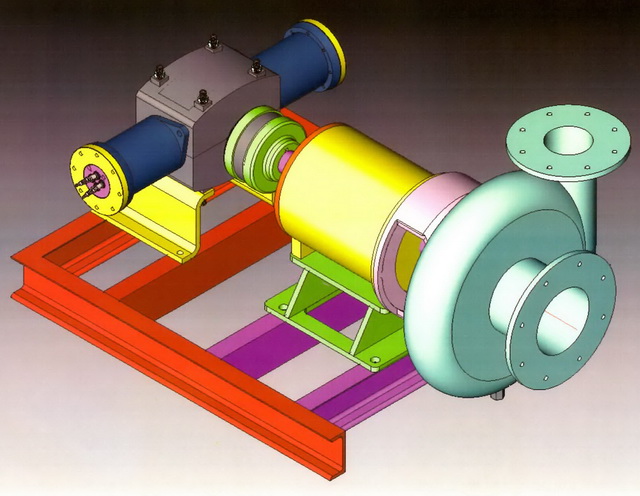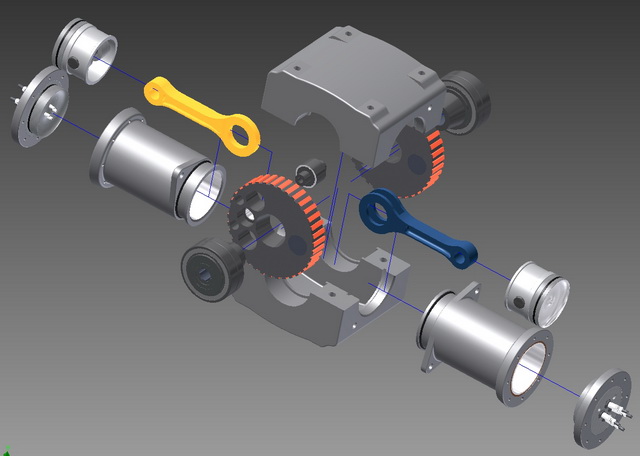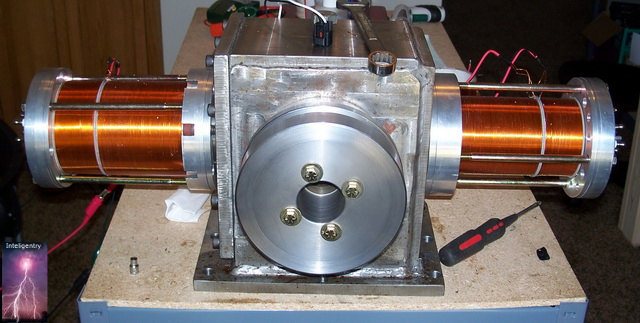
Here is More information about Motors/Engines and
"What" makes this great advance usable
The
Plasmic Transition Process engine Means
Abundant, Pollution Free, QUIET, Low Cost, Long
Lasting Energy
-- Sounds like a "dream That come true"
HERE is a look at our truly MODERN
3D Mechanical Engineering and how it provided
"State of the ART" Design Advantages, Efficiency and speed,
according to professionals at CES..
-------- but.. Have a look!!! ---------->
Welcome to The "Production Engine"
The New D engine for test, training and development.
We have created the "proof of product" engine, known as the "D" Type. Thus the final step proving we can provide all needed data for licensing, expect production and most of all SUCCESS, HAS BEEN ACCOMPLISHED!!!!
SEE The VIDEOS PAGE for more -- >>
With this MASS PRODUCIBLE ENGINE we will be able to train manufacturers to make engines, get Production started and SOON get OEM's using them. ALL OVER THE WORLD.
==================================================================================
As you may have read on the "From The Hot Seat" Page
The real KEY to making an Engine that is capable of work is "proper Control",
which is why we Patented it.
Our C version controller was designed for a 12V DC
system and a separate DC/DC Converter to provide the variable voltages needed to control the
Cylinder coils over speed and ionization.
Unbeknownst to us the maker of our HV Coils for the Electrodes
changed from 12 V input to 24 V input. It caused us some lost time as we, all of a sudden, found
that things that did work now Failed. Having just changed the head to accept screw in plugs
for electrodes, we thought that was the problem and changed the angles and gaps trying to "get it normal".
Then when we found out why, we had 1/3 the HV we expected and that it would
take weeks to "Replace" them, we were worried. We had a show to get ready for and
we had shipped all our "OLD" HV Coil stock with Popper Kits so had no 12V versions left.
So I decided to redesign the system to use higher voltage so the
coils could be feed. New MOSFETS were available at 150 Volts and 100 Amps so I decided to move
the DC to DC conversion onto the Cylinder controller, simplifying the system. We now run from a
single 100 to 120 V DC input. This can be provided easily by any DC or AC generator.
Since we need less than 1KW (500W typ) the output ratio of 550 KW to 1KW used is acceptable to run on our
from our own generated voltage, from the Genset. In Boats, planes etc a DC Inverter will also work.
These pictures Show the new 3 board system, Master and 2 Cylinder slaves
and the testing unit we are using to proof it. The pickup pulse is simulated so the bench is static.
It is the next generation and a giant step forward although it added a processor and
took John a couple weeks to design. Thank You John.
Here is the heart of OUR latest Engine HARDWARE Technology.
Now used in OUR "Gemini" engine,
we call it "D" type as it is the fourth generation of this twin opposed hardware
engine. FYI. you will be also seeing these same "internals" in the new
"Pisces" 4 cylinder opposed engine, the "Taurus" our 6 cylinder opposed engine,
the "Aries" the twin in line. The pistons will also be in "Atlas" the 12 cylinder
CAM engine.
The Aluminum Bottom End saves over 20 lbs of engine mass weight
and makes balancing very easy. The standard Crank Plate is 6061 aluminum , the heavy duty,
for Aircraft and Boats is 7071 and 2021 for heavy equipment. Yes, we are experimenting with Titanium as well.
That covers the 300 to 600 HP range.
The plastic piston is an engineering marvel that is as promised
to our manufacturers a "better mousetrap". It can be injection molded, means low cost, it is
1/8th the weight of the aluminum piston, non magnetic and with all that it is also tougher than
it's metal part. It is made of a new plastic that is similar to peek but much stronger,
higher temp and has a slipperiness greater than Teflon.
The piston takes out the back EMF byproduct that happens when the
metal piston traverses the coil from Bottom to Top, as anyone that has built a "Sterling" type engine
can tell you or people that use this effect to generate power. Like what Heintz Klosternman proposes
in his patent, albeit never seen.
This one part allows us to use even less input power as we do not have to "counter" this effect,
as we do now.
We also get better Piston balance and dual Teflon seal rings.
So it is a GIANT step forward in the use of this technology. My hat's off to our
Mechanical Engineering people as this is a true milestone in engine development and while my
IDEA it is their "Baby". FYI, it works great too.
All together this provides a lighter, stronger, more reliable
and longer lived engine technology that NO ONE can match today.
===========================================================================
Here is a look at our current progress
This is showing the complete engine.
As set up for the electronics sync
and tests to validate the firmware
with the Pick up for TDC and 1/4 degree
accuracy and the responses back to the
Other units.
The Drive motor is to spin it
for electronics tests and used as a
starter/generator for engine testing.
Also a look at our newest "look in" port
and the head populated correctly.
And some of the New electronics as well.


========================================================================================
Production Engine EVOLUTION Started HERE
The
evolution involved many test engines. Below
are two actual lab test engines.
From these we
generated the data, tested the new ideas that evolved to this production engine.


Be sure to Enjoy Life ... it is GOD's, by whatever name, greatest gift to YOU.
========================================================================================